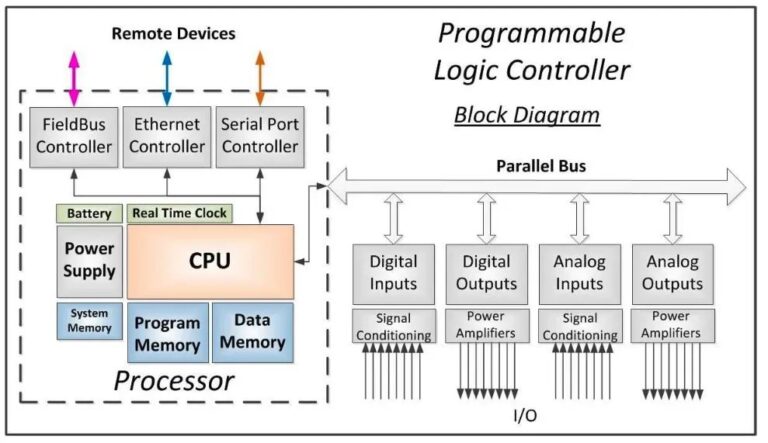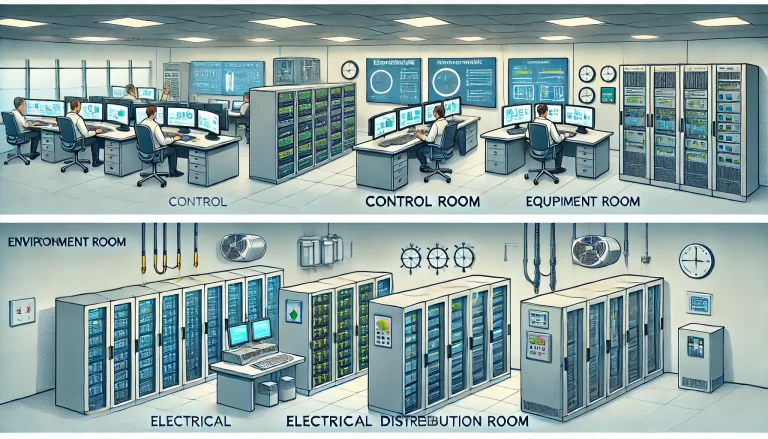Introduction
In a certain workshop, a PLC (Programmable Logic Controller) device, which had been running stably for some time, started experiencing frequent output failures. This malfunction caused the control of solenoid valves to fail, leading to a complete halt of the production line. Initially, maintenance electricians struggled to address the issue, unable to find a viable solution. However, with the guidance of an electrical engineer, the problem was resolved effectively by installing a low-cost I/O module.

Fault Symptoms and Preliminary Diagnosis by the Electricians
The PLC module in question serves as the core component of the workshop’s automated control system. It is responsible for receiving signals from various sensors and driving actuators such as solenoid valves. The electricians discovered that the output points controlling the solenoid valves were malfunctioning due to frequent operation. Their preliminary diagnosis pointed to the possibility that the frequent switching of the solenoid valves was causing internal components of the output points to deteriorate prematurely.
However, due to limited experience with PLC programs and module replacements, the electricians struggled to come up with an effective solution. They focused on replacing the output module, but this didn’t address the underlying problem.
Seeking Help from the Electrical Engineer
After repeated failures, the electricians reported the issue to the electrical engineer. Initially, they suggested replacing the entire PLC CPU module. However, the electrical engineer, after carefully inspecting the wiring and the operating environment, discovered that the issue did not lie with the CPU module itself but rather with the excessive load on the output points from the frequent switching of the solenoid valves.
The Ingenious Solution: Adding an I/O Module
Upon understanding the root cause of the failure, the electrical engineer proposed a cost-effective and efficient solution—adding an I/O module to the existing PLC system. This module, costing only about 100 yuan, would transfer the high-frequency loads from the problematic output points to the new module, effectively relieving pressure on the original module. This solution prevented the need for replacing the costly CPU module, which would have cost over a thousand yuan.
With the guidance of the electrical engineer, the electricians swiftly installed the I/O module. After testing, they confirmed that the output points on the new module were stable, and the solenoid valve control returned to normal. The entire solution was both simple and effective, not only resolving the immediate issue but also offering greater flexibility for future system maintenance and upgrades.

Online Discussions and Optimization Suggestions
Following the solution’s implementation, industry experts and online users shared their thoughts and suggestions regarding the issue and its resolution. Here are some of the key comments that were optimized and compiled:
User A: “It’s essential for modern maintenance electricians to have a basic understanding of PLC systems. Otherwise, they might be at a loss when dealing with problems like this. The intervention of the electrical engineer was a lifesaver!”
User B: “For frequent output point failures, in addition to adding intermediate relays, installing flyback diodes on DC solenoid valves can effectively reduce the impact of reverse pulses.”
User C: “In cases where solenoid valves frequently operate, leading to contact wear, I recommend using intermediate relays for transitional control. This will not only share the load but also extend the lifespan of components.”
User D: “Although adding an expansion module can relieve the issue temporarily, the root cause should still be addressed. If the underlying problem isn’t resolved, the expansion module will eventually suffer the same fate. It’s better to let the PLC control the solenoid valve via relays to ensure long-term protection.”
User E: “Directly connecting solenoid valves to output points can easily damage them due to reverse pulses when power is cut off. Buffer measures are definitely necessary.”
User F: “If space permits, using small-power contactors or solid-state relays to replace intermediate relays could improve the overall stability of the system.”

Conclusion
The issue of frequent output failures in the PLC system, which initially disrupted production, was effectively resolved through a careful diagnosis and creative solution provided by the electrical engineer. Adding an I/O module was a cost-effective and efficient way to alleviate the load on the output points, ensuring stable operation of the solenoid valve control system.
This case underscores the importance of technical innovation and thoughtful design in industrial control systems. By utilizing creative solutions and making reasonable modifications, it is possible to reduce maintenance costs while greatly improving the reliability of equipment. Moreover, as the industry evolves, it is essential for electricians to possess a solid understanding of PLC systems and associated components to proactively address such issues in the future.
